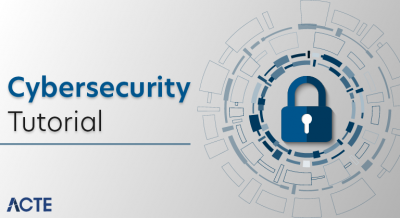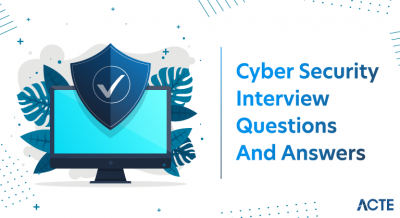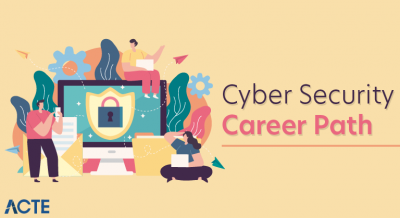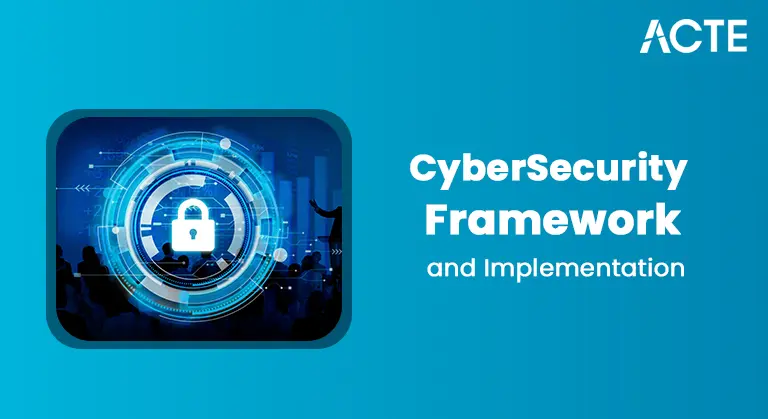
- Definition and Importance
- Safe Browsing Practices
- Password Hygiene
- Recognizing Online Threats
- Social Media Safety Tips
- Protecting Personal Devices
- Children and Cyber Safety
- Reporting Cyber Incidents
- Government and NGO Initiatives
- Tools and Resources
- Conclusion
Definition and Importance
Cyber safety, also known as internet safety or online safety, refers to the practices and precautions taken to protect users from cyber threats and to ensure secure interactions while using the internet. It encompasses awareness of potential risks, safe behavior online, and the responsible use of digital technologies. As more aspects of life move online shopping, banking, education, and communication cyber safety has become an essential skill for individuals, families, organizations, and governments alike. Practicing cyber safety helps prevent identity theft, financial loss, privacy violations, and exposure to harmful content or cyberbullying. Cyber safety involves adopting behaviors and using tools that safeguard individuals and systems against cyberattacks and digital exploitation. Build your defense skills and stay ahead of digital threats with Cyber Security Training. This includes protecting personal information, avoiding malicious links, securing devices, and being cautious with what is shared online. Its importance cannot be overstated cyber threats are growing in frequency and sophistication. From phishing scams to ransomware, these threats can cause irreparable harm. Therefore, maintaining cyber safety is vital for preserving digital security, maintaining trust in online services, and ensuring the safety of children and vulnerable groups online.
Interested in Obtaining Your Cyber Security Certificate? View The Cyber Security Online Training Offered By ACTE Right Now!
Safe Browsing Practices
Safe browsing means navigating the internet in a way that avoids malicious websites, scams, and threats. Users should: In today’s digital world, protecting your online security requires careful and proactive actions. When you browse the internet, always choose websites with HTTPS URLs. These indicate a secure connection. Be cautious and avoid suspicious pop-ups and links that could put your device at risk. Strengthen your awareness and defense strategies with Cybersecurity Certifications. Keeping your browser updated with strong security settings is important for defending against cyber threats. Also, be very careful when downloading files; make sure they come only from trusted and verified sources. Most importantly, be skeptical of online forms that ask for sensitive personal or financial information. These can be traps set by cybercriminals looking to misuse your data. By taking these precautions, you can lower your risk of online security issues and navigate the internet with more confidence and peace of mind. Use ad-blockers and anti-tracking extensions when necessary. Practicing safe browsing minimizes the risk of falling victim to malware infections, phishing attempts, and other forms of cyber exploitation.
Password Hygiene
Strong password hygiene is a cornerstone of cyber safety. It involves creating strong, unique passwords and managing them securely. For deeper insights and practical strategies, explore Cyber Security Books.
- Avoiding simple or easily guessed passwords: Prevents brute-force or dictionary attacks.
- Using a mix of letters and special characters: Enhances complexity and strength.
- Changing passwords regularly and avoiding reuse: Reduces risk from data breaches.
- Utilizing password managers: Generates and securely stores complex passwords.
- Enabling multi-factor authentication (MFA): Adds an extra layer of protection beyond passwords.
Poor password practices can lead to unauthorized access, account takeovers, and data breaches, emphasizing the importance of this aspect of cyber hygiene.
To Explore Cybersecurity in Depth, Check Out Our Comprehensive Cyber Security Online Training To Gain Insights From Our Experts!
Recognizing Online Threats
Understanding common cyber threats enables users to identify and avoid them. These include: phishing, malware, ransomware, and social engineering.
- Phishing: Fraudulent emails or messages that trick users into revealing sensitive information.
- Malware: Harmful software like viruses, trojans, or spyware designed to damage or gain control over systems.
- Fake Websites: Sites that mimic legitimate ones to steal credentials or money are a growing threat in today’s digital landscape. Learn how to identify and defend against these deceptive tactics with Cyber Security Training.
- Ransomware: A type of malware that encrypts data and demands payment for its release.
- Social Engineering: Manipulative tactics to trick individuals into disclosing confidential data.
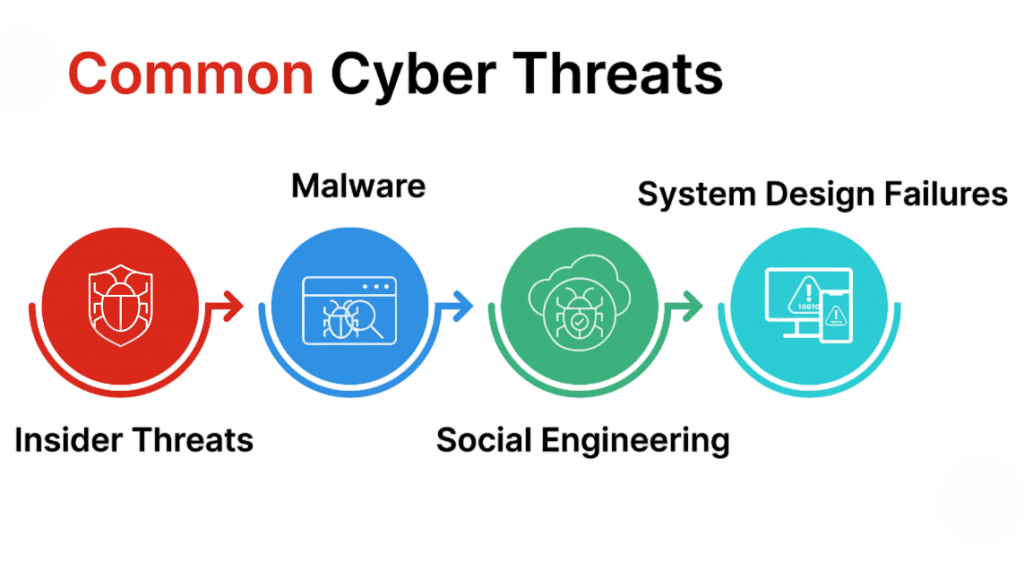
Recognizing these threats is essential for protecting oneself online.
Social Media Safety Tips
Social media platforms are prime targets for cyber threats and data breaches. To stay safe: Safeguarding your personal information starts with keeping your profiles private and controlling the details you share publicly. When using social platforms, be careful. Think before you reveal your location or tag others, as this can compromise your personal security. Also, be cautious about connecting with unknown individuals. Remain skeptical of friend requests from people you don’t know, as they might pose risks.An important part of staying safe online is being aware of suspicious links shared in messages or posts. These could be ways for cyber threats or harmful activities to reach you. Stay informed and proactive by exploring Understanding Cybercrime and its Implications. By using these smart strategies, you can greatly improve your online privacy and protect yourself from potential digital risks. Regularly review privacy settings and account activity. These tips help users maintain control over their digital footprint and reduce exposure to cybercriminals.
Looking to Master Cybersecurity? Discover the Cyber Security Expert Masters Program Training Course Available at ACTE Now!
Protecting Personal Devices
Smartphones, tablets, and computers are gateways to the internet and must be protected: Protecting your digital assets requires a strong cybersecurity approach. Start by installing reliable antivirus and anti-malware software to build a solid first line of defense against potential threats. At the same time, keep your systems clean by regularly updating operating systems and applications. This helps fix vulnerabilities and protects your digital space from new security risks. Adding extra protective measures like screen locks and data encryption strengthens your digital security, making sure sensitive information stays safe from unauthorized access. Enhance your protection strategy with Cyber Security Tools. When using potentially unsafe networks, be cautious. Avoid public Wi-Fi for sensitive transactions and use virtual private networks (VPNs) to create an encrypted communication tunnel that keeps your digital privacy and security intact. Device protection ensures that personal and professional data remains secure and out of the hands of hackers.
Children and Cyber Safety
Children are particularly vulnerable online due to limited awareness of risks. Parents and educators should:
- Use parental control tools: Monitor and restrict access.
- Teach safe online behavior: Highlight the dangers of talking to strangers.
- Encourage open communication: Discuss their online activities regularly.
- Set time limits: Guide appropriate content usage.
- Lead by example: Practice responsible digital habits.
Creating a safe digital environment for children ensures their online experiences are educational and positive, not harmful.
Preparing for Cyber Security Job Interviews? Have a Look at Our Blog on Cyber Security Interview Questions and Answers To Ace Your Interview!
Reporting Cyber Incidents
Promptly reporting cyber incidents helps mitigate damage and prevent future attacks. Victims should:
- Contact their IT department or designated cybersecurity team: Initiate immediate containment and investigation.
- Inform relevant law enforcement: Comply with legal requirements and enable broader threat analysis.
- Notify affected stakeholders: Follow data breach response plans to ensure transparency and trust.
- Document all details related to the incident: Support forensic analysis and future prevention.
- Change passwords and monitor accounts: Detect and block suspicious activity post-breach.
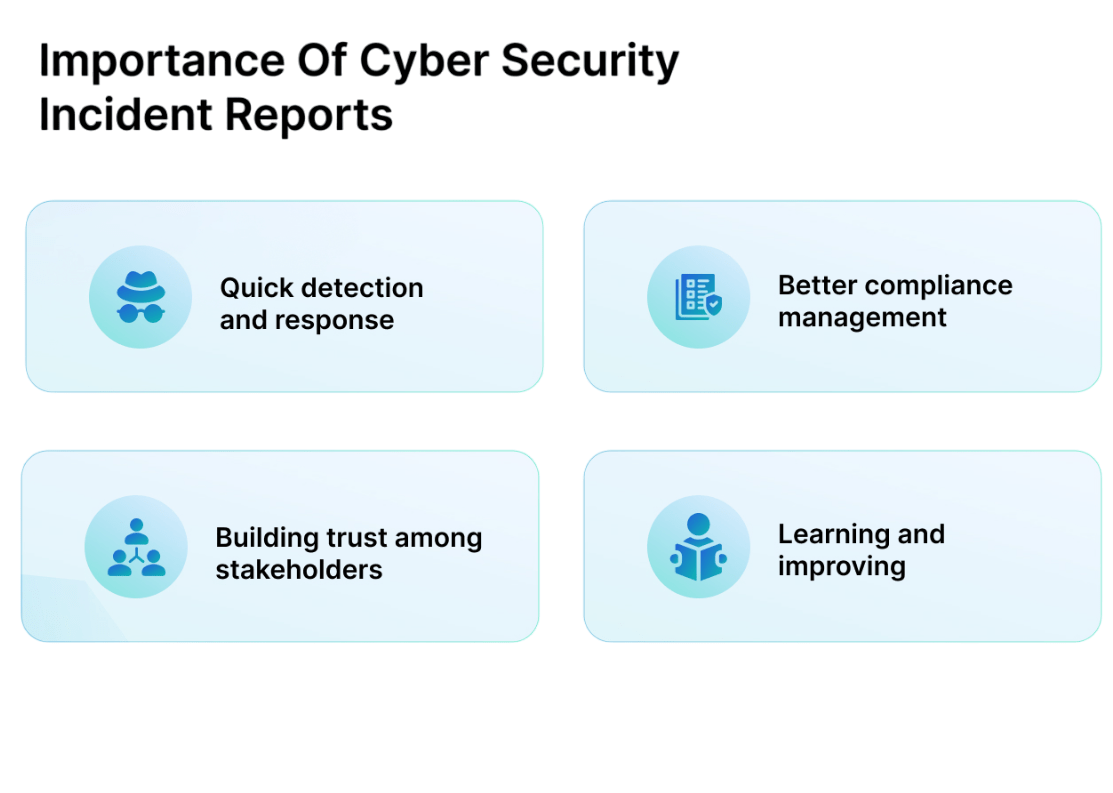
Quick action ensures that damage is contained and legal or regulatory obligations are met.
Government and NGO Initiatives
Governments and nonprofit organizations worldwide are promoting cyber safety through various programs: To explore effective strategies and technologies that safeguard personal and organizational data, check out Protecting Sensitive Data with Cybersecurity. In digital security, organizations like the Cybersecurity and Infrastructure Security Agency (CISA) in the U.S. and the European Union Agency for Cybersecurity (ENISA) play key roles in protecting digital infrastructure. These agencies offer important resources, alerts, and strategies to help governments and organizations defend against changing cyber threats. Alongside their work, initiatives like Stay Safe Online by the National Cyber Security Alliance further equip individuals and businesses with vital cybersecurity information and best practices, forming a solid approach to digital safety and resilience. NGOs work with schools and communities to raise awareness among vulnerable groups. Such initiatives provide tools, education, and policies that promote a safer digital environment for all users.
Tools and Resources
Several tools help users maintain cyber safety:
- Antivirus and Anti-Malware Software: Protects against digital threats.
- Password Managers: Securely store and generate strong passwords.
- VPNs: Encrypt internet traffic and protect data on public networks.
- Firewalls: Monitor and control incoming and outgoing network traffic.
- Browser Extensions: Block trackers, pop-ups, and malicious sites.
Additionally, websites like CyberAware, Get Safe Online, and CERT offer free guidance and checklists for improving online safety.
Conclusion
Cyber safety is no longer optional; it is an essential aspect of digital life. With the growing reliance on the internet, individuals and organizations must stay vigilant against cyber threats. By adopting safe browsing habits, securing devices, teaching children about online dangers, and supporting cybersecurity policies, we can protect our digital spaces. As technology continues to evolve, staying informed and proactive is key to building a resilient and cyber-safe world for everyone. As technology advances, new threats will appear. Equip yourself to face them confidently with Cyber Security Training. More devices connect to the internet, from smart homes to wearables. Cybercriminals tend to exploit these new entry points first. That’s why it’s essential to stay informed about the latest scams, security updates, and safety practices. Keeping up with news from trusted sources and participating in cybersecurity training helps you stay ahead of potential threats. Until everyone gets involved, these risks will persist, endangering personal data and financial well-being.


